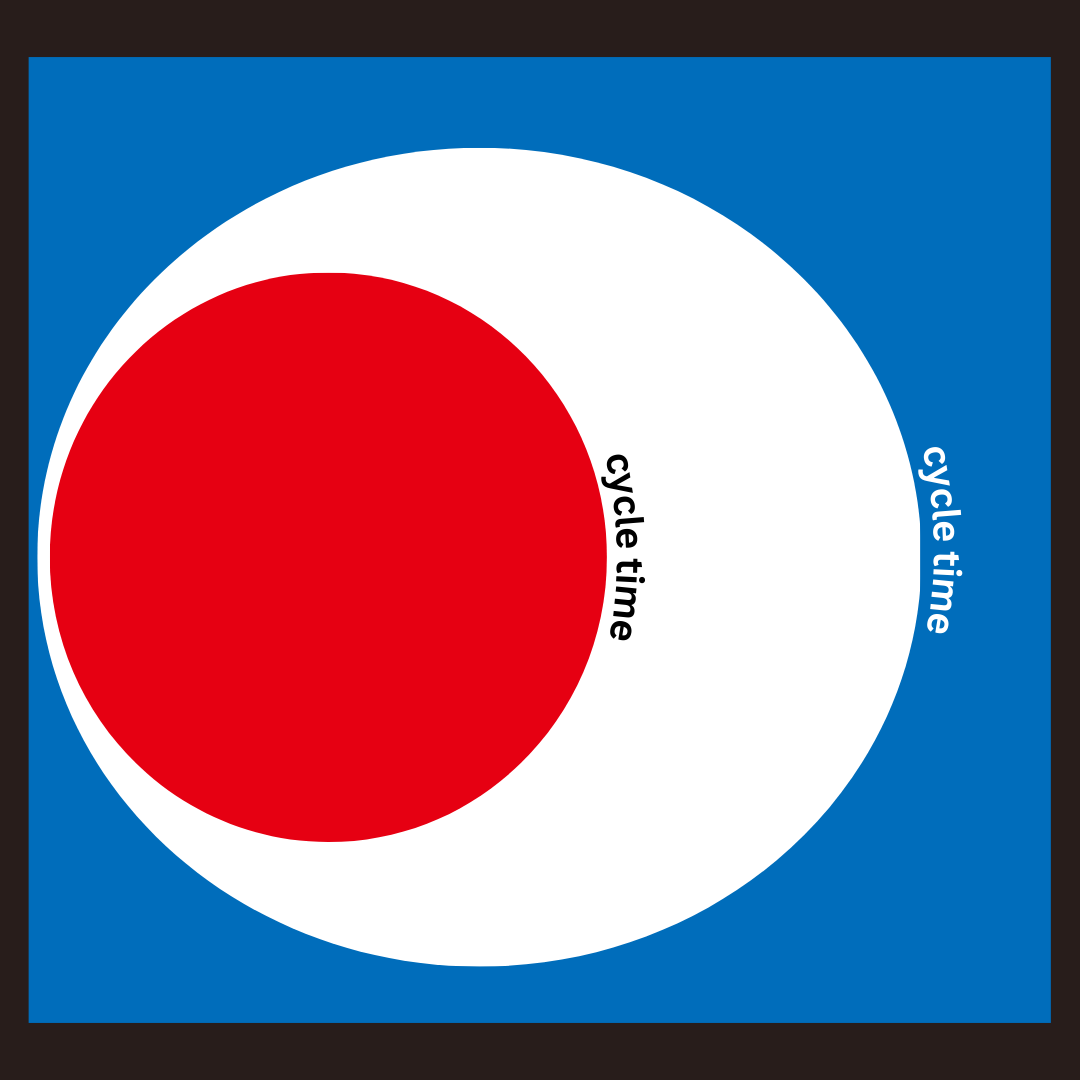You may know that I both love and hate a plan.
I love plans because they galvanise a direction and give us next action steps and a sense of direction. They are also essential to align people and stop us from being distracted by the myriad of problems and potential work that exist in all businesses.
I dislike plans because many people rigidly follow the plan, even when the plan may be wrong. Following the plan becomes the goal rather than achieving what the plan was aiming to achieve when it was created.
The Releasing Agility model itself has planning at the early stages: we work out where we're going, lean into our current reality and build a plan to bridge the gap.
But here's why we need to be careful: The plan is not the business itself, it's a model and will be out of date quickly. In fact, it should be out of date quickly. If it's not we have to wonder whether we're truly doing anything challenging or whether we're learning.
New information surfaces, new problems are identified, the markets shift, people leave, people join, and things may not go to plan. The essence of the plan is sound and right, but we must learn to learn on that journey as we bring the plan to life.
Merely following the plan is not the point. The plan should shift and change with the natural rhythms of the business.
Alfred Korzybski's saying "The map is not the territory" is apt here.
The plan is NOT the business, but it is a guiding framework that can help us move ahead. We must be open to learning on that journey and what we learn needs reflecting in the plan.
As we embark on any plan there will be thousands of tiny actions, interactions, mistakes, assumptions and changes that seem inconsequential in isolation. But they soon add up to a compelling force acting upon the business, and your plan.
If you're merely following a plan (that had lots of assumptions in it) and not aware of these nudging forces and embracing them, swimming with them and learning from them, you will find yourself adrift. You may find abject failure lies ahead, or at least a plan that is no longer fit for purpose.
In the worst case you could see the business crumble. It's rarely a major event that unseats a business, but these seemingly inconsequential forces acting over time that bring many a business down.
In other words, your plan should leave space for exploration.
It should be specific and give you a direction to move yet at the same time be flexible and open to change. The guiding reason for your plan, to bridge the gap between where you are and where you want to get to, is still sound. It's still legit. But the plan itself should be grounded in curiosity, exploration, creativity and inquiry.
If you merely follow a rigid plan, you likely won't leave space to learn. And learning is how we gain better business results. Learning is how we work out our next move. Learning is how we work out what didn't work and what did. Learning is how we nudge behaviours and capabilities. Learning is how we respond rapidly to changing demands. Learning is agility. Learning is also a side effect of a well-planned plan.
A well-planned plan has learning baked in. Your plan should consider what would happen if you failed. "Failure is not an option" is a mantra that has no place in business. You will fail sometimes and if you haven't planned for that, you'll create a culture where any mistakes, mishaps and miscalculations are feared and reprimanded. Humans are messy and make mistakes. Your plan should cater for this. If your plan has no room for error, your business may not survive.
And if we bring this back to Releasing Agility you'll know it's really all about overcoming problems and then "releasing" agility. And no amount of information gathering or planning will highlight every problem as you build your initial plan. You will uncover more information as you move towards better business goals and staff retention - and your plan should allow for this.
As you release agility you will uncover more obstacles, or different obstacles, or a whole set of problems you never anticipated. A good plan will help you learn what these are and adapt as you learn more.
A plan is helpful. Essential even. But the plan is not the business, and the plan must change.
Go forth and create plans to bridge the gap, but ensure you leave space for learning, mistakes, growth, creativity, pivots and change. Leaning into these things without a plan may mean you're reacting to the whims of the world (and the people in the business). After all, there are always more problems than can be solved in business. And everyone has an opinion, some pitched more strongly than others.
It's a fine balance. Create a plan, learn, adapt.
But why create a plan Rob? Why not just wing it? Because a plan is also an effective way of aligning people. It's a useful tool to communicate intent. It just needs to be alive and living and suitable for the learning that comes your way. Having no plan will cause confusion. A rigid plan will ignore what should be learned. Flexibility is key.
And an old military saying is useful here:
"No plan survives first contact with the enemy". But that doesn’t mean there isn’t a plan.
We're going here and these are the obstacles we see right now, but we know there will be more - but let's start and adapt as we go.




